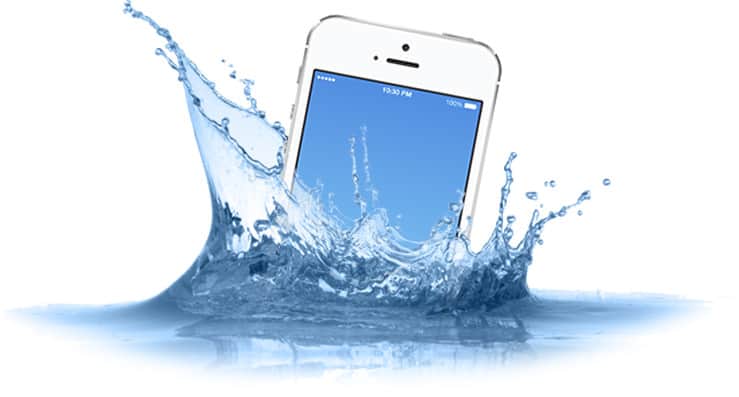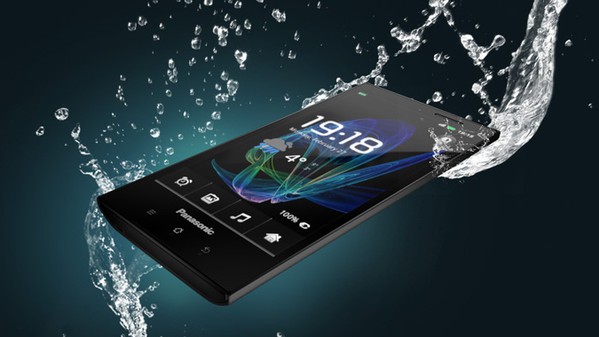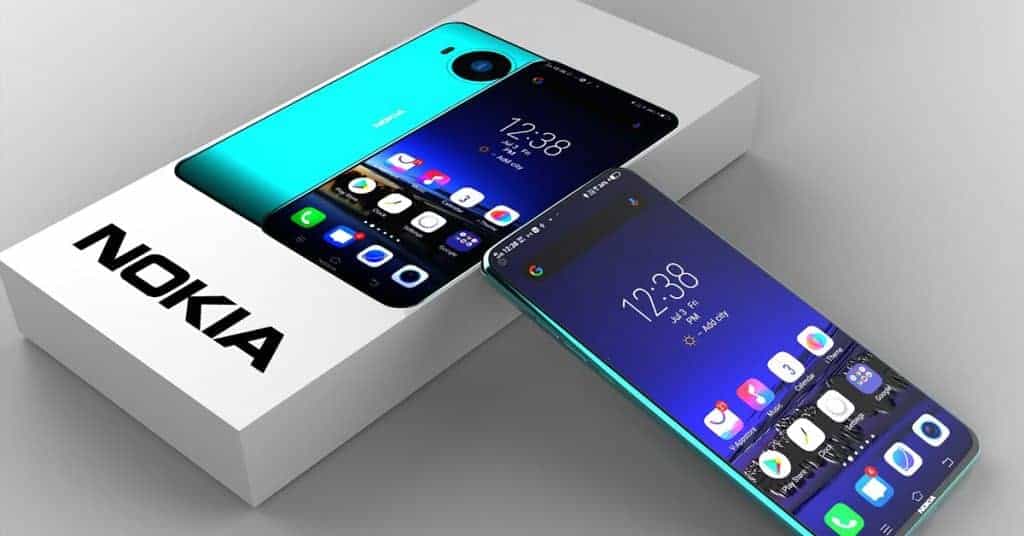How is your smartphone water resistance?
Almost all smartphones have been said to function water resistant feature, have you ever wondered what it is and how it works? Now let this article show you this magical technology!
Water resistance: how does it work?
Having a look back to the history of water resistance, it was only mentioned in the field of extreme sports and gear companies. Apart from watches for deep sea divers or athletes, there was not much need for serious protection against water. The market for water resistant electronics was so small until the appearance of smartphones and wearables. The demand of water resistant devices has been increasing and changed the face of the entire market.
The current method provides your smartphones with water resistance is called nanocoatings. Liquipel, HzO and P2i are the manufacturers that produce nanocoatings that are said to be 1000 times thinner than a human hair. To apply these nanocoatings, the device is placed in a plasma-enhanced vapour (high density of plasma vapour) in a vacuum chamber at room temperature. There is a gaseous polymer that plays the main role in water-proofing in this plasma-enhanced vapour.
The water resistance is formed when such vapour contacts both onboard and outside of the device. The gaseous polymer from the vapour make water bead up and slide off the phone surface. Thus it is a coat to shield the smartphone. If water penetrates into the phone, the polymer layer is still there. Normally, the manufacturer will make the components in tow with the same process, so they will be fully protected.
Water resistance and IP rating: are they related?
We all hear about Samsung Galaxy S7 Edge, along with the Galaxy S7 are IP68 certified. So what is the IP? IP is an abbreviation of Ingress Protection Rating which an international standard. The IP rating given to a device is backed up by controlled tests. IP rating including two parts, which can be given in the format IPXY. While X is a rating for physical ingress, Y is the rating for liquid ingress. The higher Y is, the more water resistant your device is.










